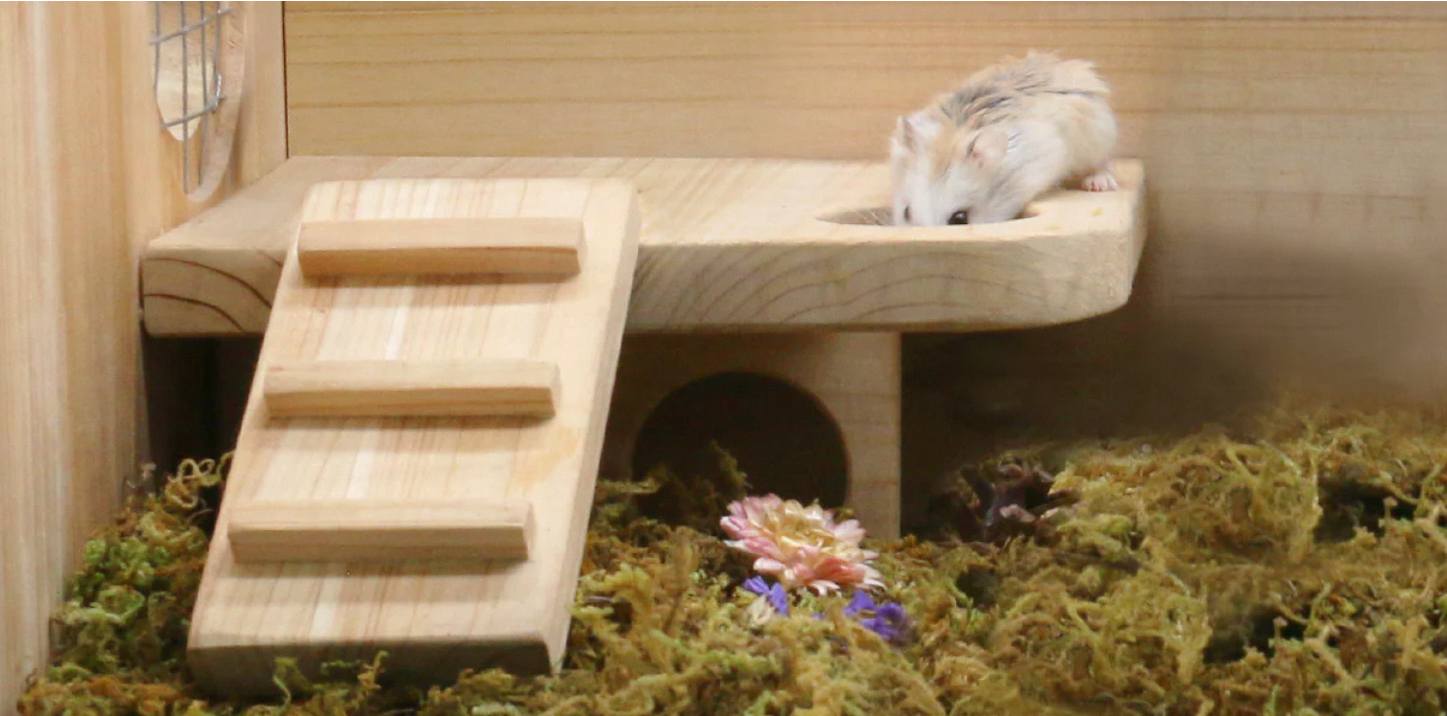Hamsters are popular pets known for their adorable and playful nature. However, to ensure the happiness and health of your furry friend, it’s important to choose the right cage. In this blog, we’ll discuss the importance of choosing the right hamster cage and how it can impact your pet’s overall well-being.
What is a Hamster Cage
A hamster cage is a specially designed enclosure that provides a safe and comfortable living environment for pet hamsters. Hamster cages come in a variety of sizes, shapes, and materials, but they all share some common features. A typical hamster cage includes a solid or wire mesh bottom, a secure door or lid, and accessories such as a water bottle, food dish, and exercise wheel.
Some hamster cages also include multiple levels, tunnels, and hiding places to provide a more stimulating environment for the hamster. The size and design of a hamster cage can vary depending on the type of hamster and the owner’s preferences, but it should always provide enough space, comfort, and security for the hamster to thrive.

The Benefits of Choosing the Right Hamster Cage
Choosing the right hamster cage can have a significant impact on your pet’s happiness and health. Here are some benefits of choosing the right cage:
- Provides Adequate Space: Hamsters need a lot of space to move around and explore. A spacious cage allows your pet to play, run, and climb, which are essential for their physical and mental health.
- Promotes Good Health: The right cage provides adequate ventilation and proper hygiene, which can prevent the development of respiratory and other health issues.
- Prevents Boredom: A well-designed cage with toys and accessories can prevent boredom and provide mental stimulation for your pet.
- Ensures Safety: A secure and sturdy cage can prevent your hamster from escaping or being injured while exploring.
Factors to Consider When Choosing a Hamster Cage
When selecting a hamster cage, there are several factors to consider, including:
- Size: Hamsters need ample space to move around and explore. The cage should be at least 360 square inches for one hamster and increase for each additional hamster.
- Material: Hamster cages come in a variety of materials, including plastic, metal, and glass. Each material has its pros and cons, and it’s important to choose a material that is safe and appropriate for your pet.
- Bar Spacing: The spacing between the bars should be appropriate for your hamster’s size to prevent escape or injury.
- Ventilation: Good ventilation is essential to prevent respiratory issues. Look for a cage with enough air flow while avoiding drafts.
- Accessories: Toys, wheel, tunnels, and hideouts are essential for your hamster’s mental and physical health, providing enrichment and stimulation.
Common Mistakes When Choosing a Hamster Cage
Choosing the right hamster cage can be a daunting task, and there are some common mistakes that pet owners make. Here are some common mistakes to avoid:
- Choosing a Cage That is Too Small: Hamsters need a lot of space to move around and play. Choosing a cage that is too small can lead to stress, boredom, and health issues.
- Poor Ventilation: Good ventilation is essential to prevent respiratory issues. A cage with insufficient air flow or one that is too drafty can lead to respiratory infections.
- Wrong Bar Spacing: The bars’ spacing should be appropriate for your hamster’s size to prevent escape or injury. A cage with bar spacing that is too large can lead to escape or injury.
- Inadequate Accessories: Hamsters need toys, tunnels, hideouts, and a wheel to stay mentally and physically stimulated. A cage without accessories can lead to boredom and depression.
Final Thoughts
Choosing the right hamster cage is essential for your pet’s health, happiness, and well-being. A cage that provides enough space, proper ventilation, appropriate bar spacing, and accessories can prevent boredom and ensure your pet’s safety. By avoiding common mistakes and considering the factors discussed in this blog, you can choose the perfect home for your furry friend.